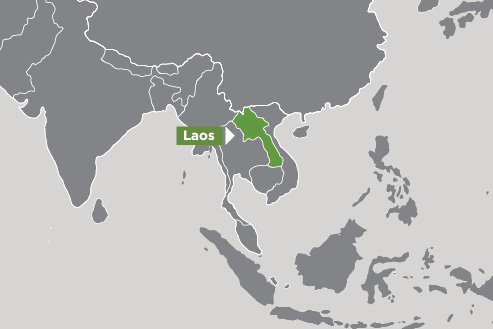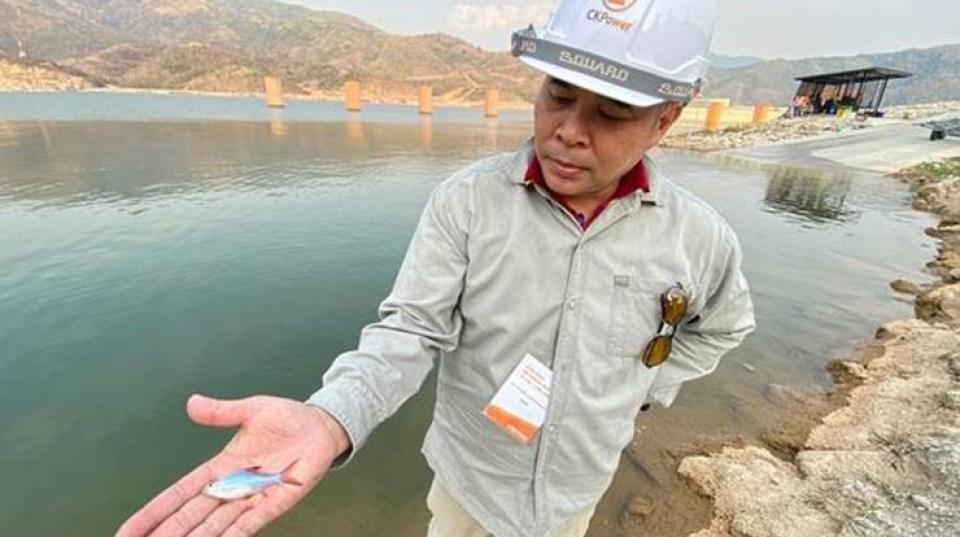Overview
This project aims to develop research methods than can be used to determine the overall effectiveness of the fish pass facilities.
Productive fisheries in the Lower Mekong Basin will be negatively impacted if all planned large-scale mainstem hydropower dams are completed. There are presently 9 large hydropower dams scheduled for the mainstem of the Mekong River in Lao PDR, and 2 more in Cambodia that have divided public opinion.
On one hand, there are those who clearly see the benefits of dam construction for creating jobs, supplying and exporting electricity and reducing poverty. On the other hand, there is concern about the impacts on the livelihoods of people currently dependent on the river, and the difficulties of mitigating those impacts.
Expected outcomes
- Develop a suite of robust techniques to assess the performance of mainstem dam fishways in the Mekong catchment.
- Assess upstream fish passage within the Xayaburi Dam fish pass facilities.
- Provide a standard for monitoring and constructing other mainstem dam fishways in the Mekong catchment.
- Enable enhanced operations at Xayaburi to ensure fish passage is fully integrated into day-to-day dam operations.
- Improve the design of other fish passes at future mainstem dams.
Summary of achievements to date
2022–23
Our project is assessing the effectiveness of the Xayaburi fish pass on the Xayaburi Hydropower Project in Lao PDR and using the learnings to optimise fish pass mitigation measures at subsequent hydropower developments. To date, we have:
- designed and installed a microchip detection system for migrating fish
- built and tested the performance of an electrofishing boat to safely collect fish, and
- commenced a microchipping study to monitor and optimise fish migrations through the fish pass. This is the first time such technology has been applied in the Mekong.
The project has already boosted the technical and institutional capacity of in-country scientists, engineers, and managers so that eventually they will be capable of autonomously monitoring fish movement at the site.
- A successful system has been installed and is actively scanning for fish.
- More than 3500 microchipped fish have been released into the Mekong River from 37 species so far.
- The data is generating significant interest from scientists, managers, developers and government agencies and hopes to influence sustainable outcomes at other projects into the future.





